Especies en trueque - Enjambres urbanos en Kreuzberg
[pfc ETSAM - final master's thesis in architecture]
Madrid, Spain - 2015
Species in exchange
The massive bee collapse since 2015 – Berlin lost 70% of its colonies – was an alarm bell: Without pollinators, our food system collapses.
Yet urban wastelands offered hope. My project transformed them into eco-exchange platforms where architectural "species" graft onto existing structures, trading energy, knowledge, and space for survival.
Why Exchange?
Bees don’t die from pesticides alone – they starve in concrete deserts. The solution lay in triple fluid transfer:
ENERGY: City wind/sun/wastewater → converted into nectar substitutes (hydroponics)
INFORMATION: Beekeeper data + citizen science → transformed into survival strategies
SPACE: Borrowed rooftops + shadow walls → become breeding grounds
Each symbiont pays "rent" to its hosts:
The Greenhouse (clamped to party walls) feeds solar power to neighbors
The Institute for Bee Research (on Robben & Wientjes' roof) gifts community classrooms
The Honeycomb Structure (perched on rubble) revitalizes soil through composting
Lacaton & Vassal’s DNA: The Poetry of Pragmatism
Inspired by their Greenhouse Palaces (like FRAC Dunkerque), I embraced:
LIGHTWEIGHT AS ETHICS: Instead of driving foundations into poisoned soil, modules float on steel stilts – demountable like tents.
TRANSPARENCY AS DEMOCRACY: Polycarbonate facades expose processes: Citizens witness bees researching, honey flowing, energy circulating.
INDUSTRIAL MATERIALS AS ELEGANCE: Recycled greenhouse membranes, aluminum grids, etc – logistics-center materials become building modules.
ADAPTATION OVER ERASURE: Like Lacaton’s plattenbau transformations (Tour Bois le Prêtre), symbionts cling to the city like burs: minimally invasive, maximally adaptable.
What Returns
FOR THE CITY:
500kg honey/year per greenhouse
30% lower energy costs for adjacent buildings
120 new jobs in "bee professions"
FOR THE ECOSYSTEM:
87% increased pollination within 1km radius (IFB monitoring)
Creation of "flight corridors" between gardens
FOR ARCHITECTURE:
Proof that lightweight temporary structures create lasting value
Blueprint for negotiation architecture: When 200m² of rooftop becomes public space, it’s land reform in action.
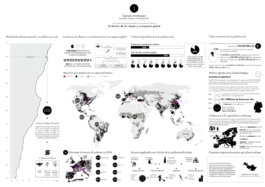
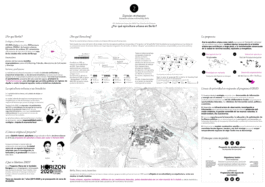
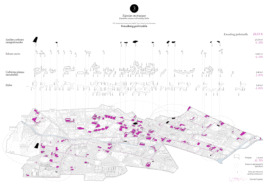
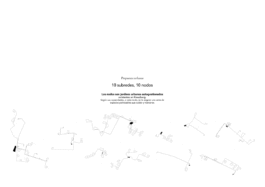
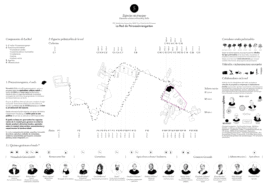
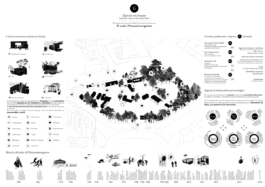
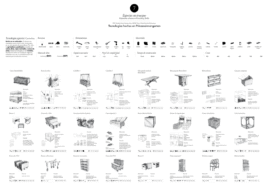
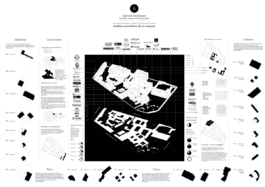
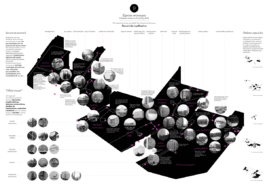
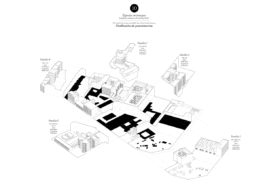
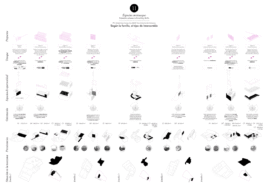
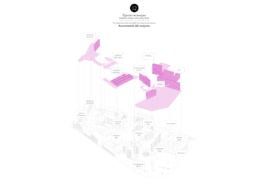
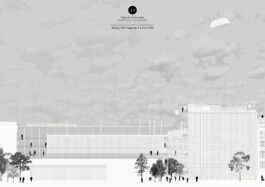
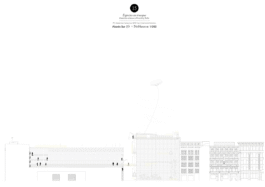
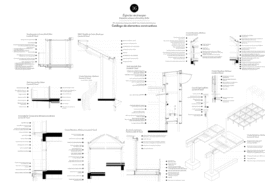
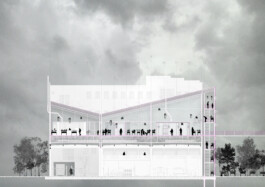
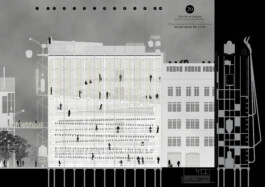
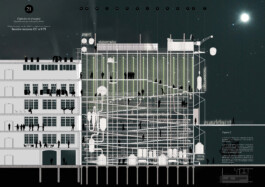
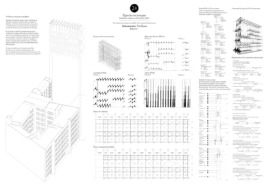
Especies en trueque - Enjambres urbanos en Kreuzberg
[pfc ETSAM - final master's thesis in architecture]
Madrid, Spain - 2015


















